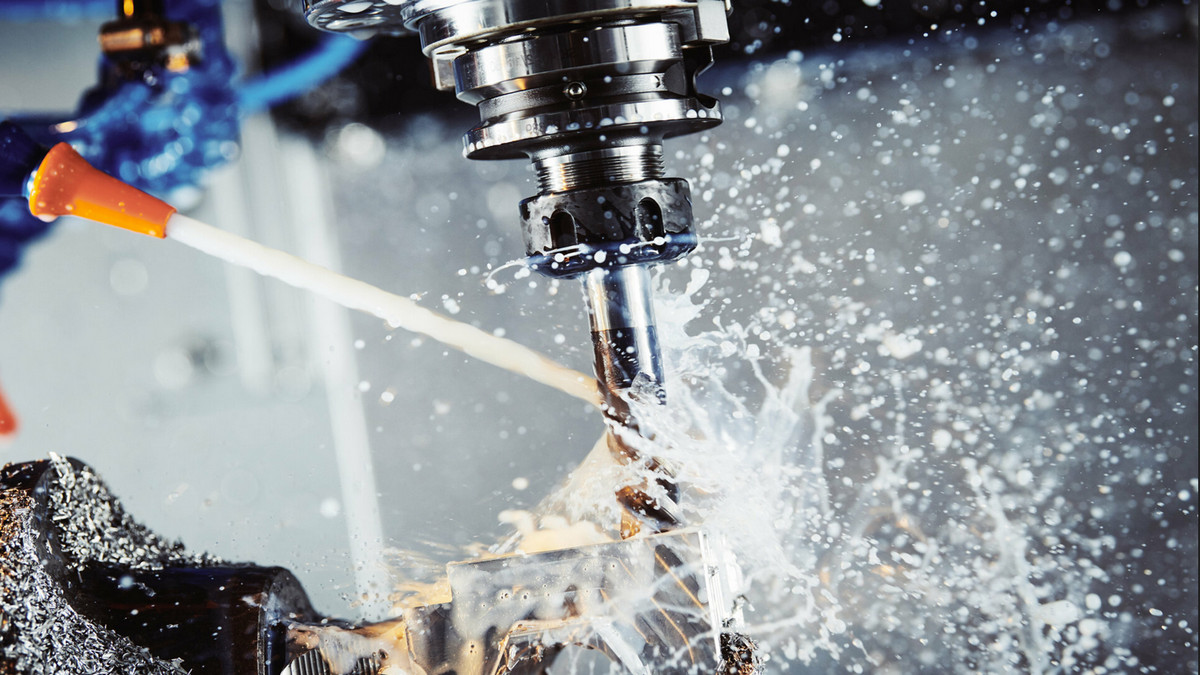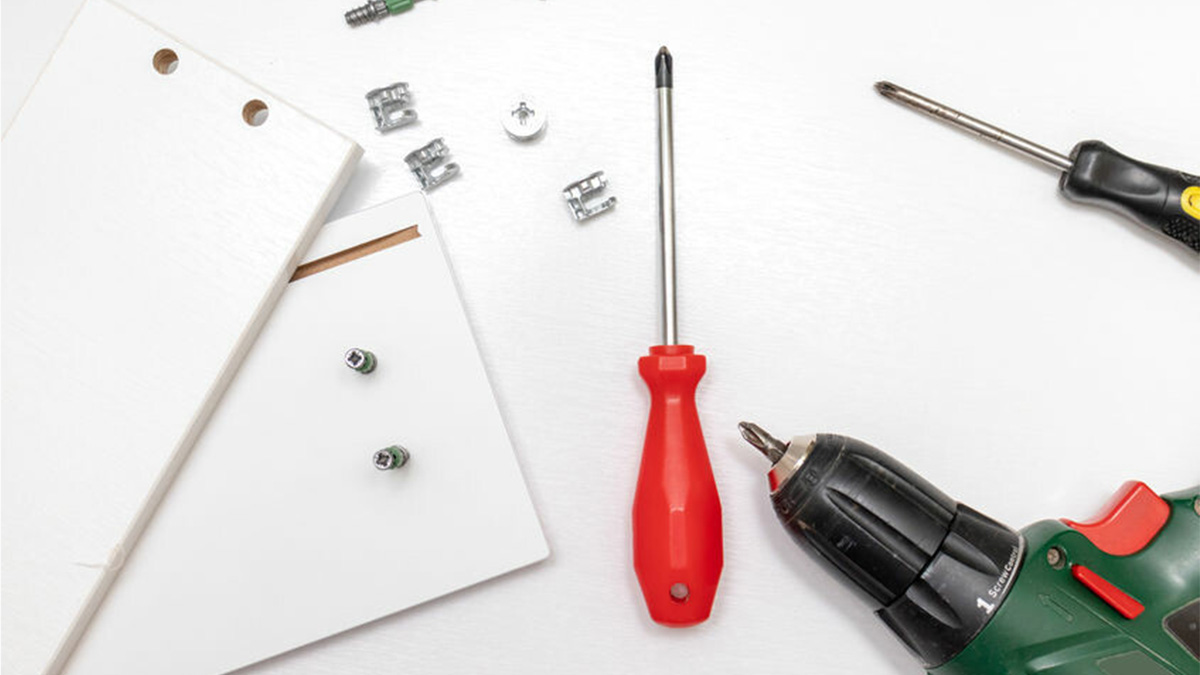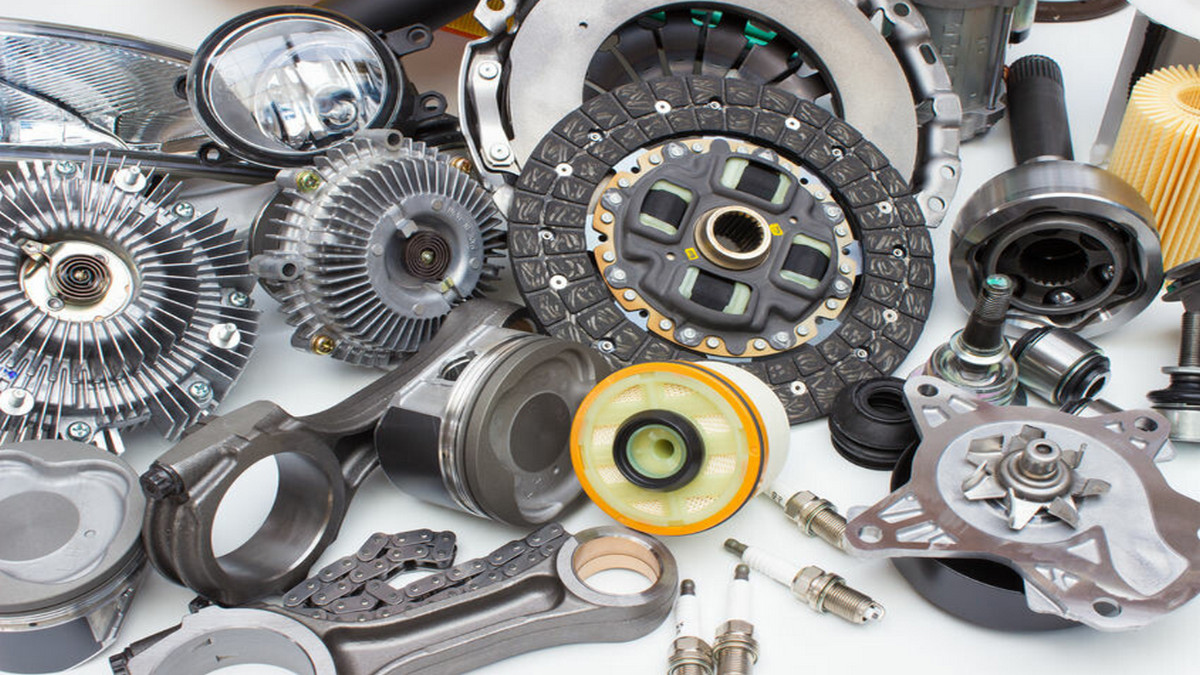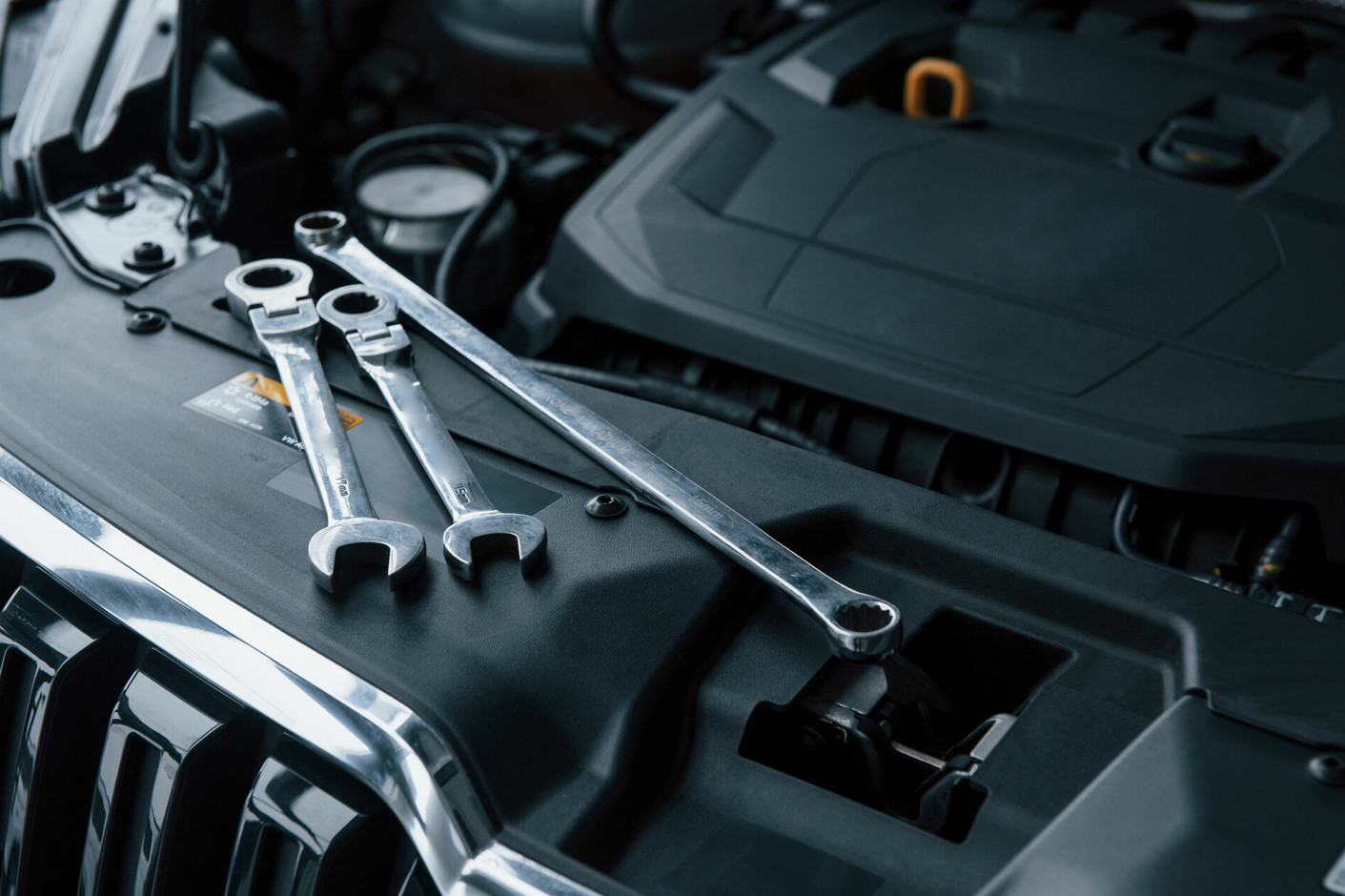Introduction of the Broach
What is A Broach?
Broach is a forming tool used for broaching. Broach is a multi-tooth tool with high productivity and high precision. It can broach various shapes of inner surfaces and outer surfaces. The broach that broaches the inner surface is called the inner broach, and the broach that broaches the outer surface is called the broach. Most of the broaching knives acting on the broach are tension, but there are also pressures. The one under tension is called the broach, and the one under pressure is called the pusher. Taking into account the stability of compression, the length of the push knife is short.
There are many forms of movement of the broach during work, some for linear motion, some for circular motion, some for-broach motion, some for-workpiece motion, and some for both at the same time. In most cases, when the broach is working, the workpiece is fixed, and the broach makes a linear cutting motion. The feed movement of the broach is usually accomplished by increasing the size of the tool tooth by tooth. On a general broach, the difference between the height or radius of two adjacent teeth is called the tooth lift. Usually, it is the cutting thickness. The tooth lift of the broach is very small, generally only a few percent of mm.
Broach is a special tool with high manufacturing cost, and it is more economical to use in mass and mass production. However, if the shape and size of the machined surface have been standardized, the broach can be serialized, organized by the tool factory, and produced in batches. In small batch production, good economic effects can also be obtained. Broaching tools for broaching standard round and splined holes are standardized.
The cutting speed of the broach is generally low, and the commonly used 0.017 ~ 0.13m/s cutting thickness is very thin, so the smoothness of the broaching surface is high, generally up to ▽5 ~ ▽7, the tooth wear is very slow, durability and machining accuracy Very high, when machining holes, it can reach 1T7 ~ 9 grades. If there is a squeeze ring at the back of the broach, it can reach 1T6 level and ▽8 ~ ▽9. The productivity of the broach is high, because the number of working teeth of the broach is large, the cutting edge of each tooth is long, and it can rough and finish at the same time in one working stroke.
Broaches are often used in batch and mass production to process round holes, splined holes, keyways, flat surfaces and formed surfaces, etc., with high productivity. The broach is divided into inner broach and outer broach according to the different parts of the machined surface; according to the different ways of working, it is divided into broach and pusher. Push knives are often used for calibrating holes after heat treatment.
The Structure of Broach
Although there are many types of broaches, the structure and composition are similar. For example, the structure of an ordinary round hole broach is composed of: the shank, which is used to hold the broach and transmit power; the neck, which acts as a connection; the transition cone, which introduces the leading part of the broach into the workpiece; The broach is skewed; the cutting teeth, which complete the cutting work, are composed of rough cutting teeth and fine cutting teeth; calibration teeth, which play the role of trimming and calibration, and serve as backup teeth for fine cutting teeth; rear guide part, used to support the workpiece and prevent the cutter teeth from cutting Before leaving, the machined surface and cutter teeth are damaged due to the sagging of the workpiece; the rear supports the handle and supports the broach.
Broaching Method
The structure and tooth shape of the broach are related to the broaching method. Broaching methods are usually divided into two categories: layered broaching and block broaching.
The former is divided into form and gradual type; the latter is divided into round cutting type and comprehensive round cutting type. The profile of each tooth of the formed broach is similar to the final shape of the machined surface; the shape of the tooth of the progressive broach is different from the shape of the workpiece, and the shape of the workpiece is gradually formed by the cutting of each tooth in turn. The wheel-cut broach is composed of multiple groups of teeth, each group has several teeth with the same diameter to cut a section of a layer of metal, and each set of cutter gears cuts off each layer of metal. The rough cutting teeth of the comprehensive wheel cutting broach adopt the wheel cutting type, and the fine cutting teeth adopt the form. The cutting thickness of the wheel-cut broach is much larger than that of the layered broach, and it has higher productivity, but it is more difficult to manufacture.
The broach is usually made of high-speed steel as a whole, and it can also be made into a combined type. Carbide broaches are generally combined. Because of their high productivity and long service life, they are often used in the automotive industry to process parts such as cylinder blocks and bearing caps, but carbide broaches are difficult to manufacture.
Advantages of Broaching
- Short processing time and high efficiency.
- High machining precision and small deviation.
- Machined surface with good surface roughness (=125S)
- It can also be processed in different rows and parallel multi-shapes along the axis.
- Irregular and complex processing surfaces can be in the same direction as the axis, which is easy to process.
- The processing method is economical, and the processing personnel do not need to be skilled to process.














